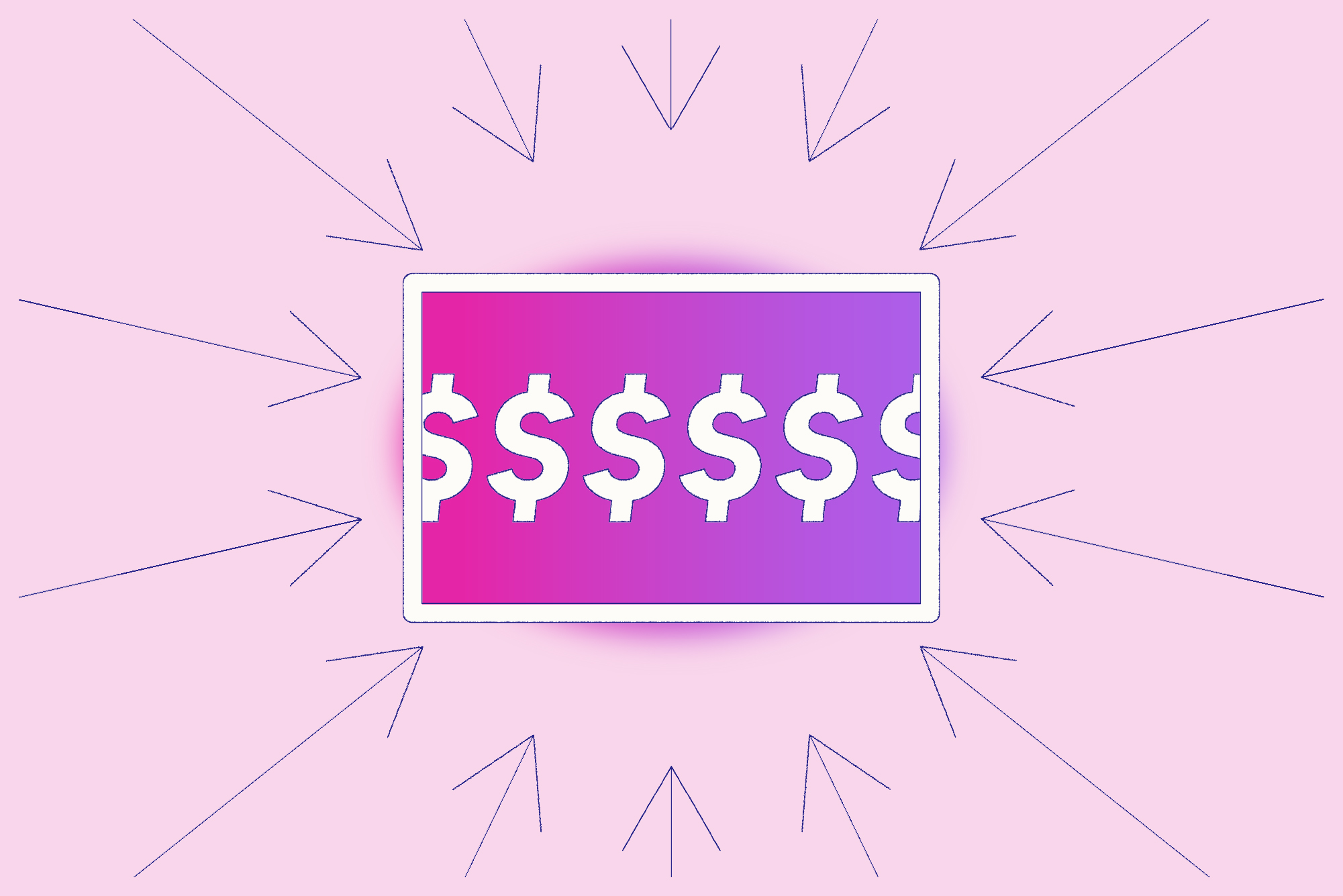The hidden threats COVID-19 poses to procurement sustainability
The global pandemic has threatened the health of many organizations. Businesses around the world have struggled to deal with the human and business challenges posed by supply-chain disruption, extreme supply-and-demand shortages, and keeping staff safe and productive. But viewed through the lens of sustainability goals, COVID-19 presents a unique set of obstacles and pitfalls for chief procurement officers who, today, find themselves increasingly called upon to act as chief purpose officers for their organizations.
Ignoring sustainable procurement, both in the long and short term, is a mistake
As the pandemic took hold, it was easy to ignore sustainability goals and address short-term social and economic priorities. There were still orders to fill and market share to protect. But as the pandemic wore on and the “new normal” set in, experts began to warn it would be a mistake to ignore sustainability, both in the long term and the short.
Farid Yaker, head of procurement for the United Nations Environment Programme, says procurement teams should reduce their environmental footprints during the pandemic, limit negative social impacts and contribute to market transformations. By purchasing sustainable, low carbon, and fair-trade products, he believes CPOs can help reduce the adverse socio-ecological effects of COVID-19 supply chain disruption and drive markets towards sustainability.
Purchasing leaders should also integrate social requirements into their tendering processes to promote compliance with labor laws and human rights, Yaker recommends. As the pandemic threw supply chains into turmoil, many organizations struggled to fill the demand for items as diverse as facemasks, fountain pens, and forklifts. In such a situation, it’s tempting to go with the first supplier who picks up the phone. But Yaker says during times of extreme supply shortages it’s even more vital that organizations do their due diligence and ensure they’re not engaging with suppliers and manufacturers who, for instance, might be using child slavery or other improper labor practices.
Procurement has a central role
There are some significant—and understandable—barriers to keeping sustainability goals front-and-center during times of crisis, the most notable being a perception that sustainable products are more expensive, according to the United Nations.
Yaker advises chief procurement officers to consider lifecycle costs when comparing the relative value of sustainable products to their conventional counterparts. He believes that perceived price gaps can be better understood by internalizing negative externalities that are currently not factored in—carbon impacts, green taxes, and the phasing out of negative subsidies like fossil fuels.
He points to research that shows the relative price of green products like recycled paper or organic food diminishes over time when purchasing volumes are significantly increased, and economies of scale and higher investments kick in.
While there are significant differences between public and private procurement, building a culture of supply chain transparency is necessary to mitigate risk in any organization.
Make sure strong sustainability practices are front and center
One critical tool lacking in many procurement teams is the data required to view and analyze an organization’s progress toward sustainability goals. Informative, digitized data is the lifeblood of any procurement team, and is vital for managing the procurement function under any circumstances. And if companies are to monitor their supply chain resilience, within that data mix should be an understanding of their suppliers’ sustainability.
According to recent research, while companies have been doing an excellent job during the pandemic of addressing social and labor impacts within their own operations, they’ve neglected the risks among their suppliers. Sustainability ratings provider EcoVadis says this neglect is a missed opportunity to drive value and create resilience in the next tier of the supply chain.
The pandemic has put a magnifying glass on supply chain risks and vulnerabilities, says EcoVadis co-CEO Pierre-Francois Thaler. And as organizations begin rebuilding their operations, they need to make sure strong sustainability practices are front and center—especially when it comes to supplier selection and relationship management. You’re only as strong as your most vulnerable supplier, Thaler warns.
Sustainability policies provide a useful lens through which to view the procurement function and guide your business through these tough times to help you avoid missteps and set your organization up for future success.





